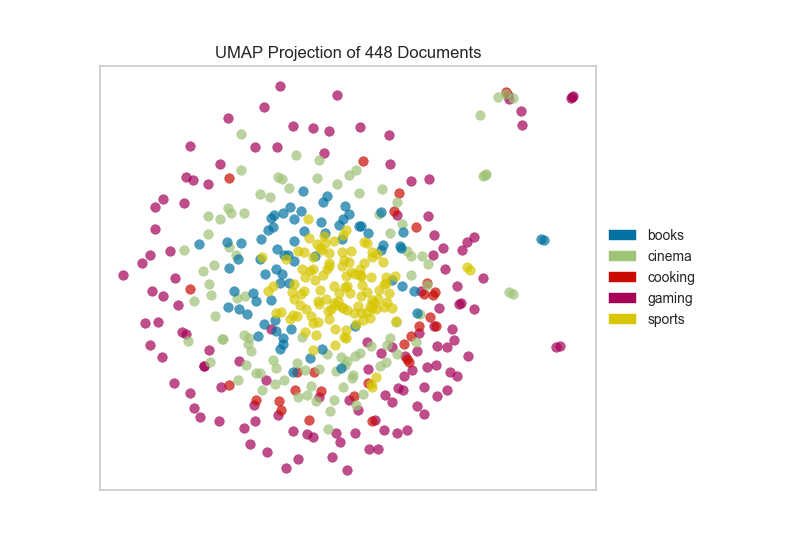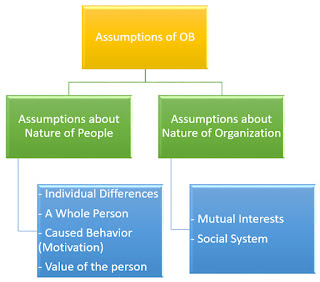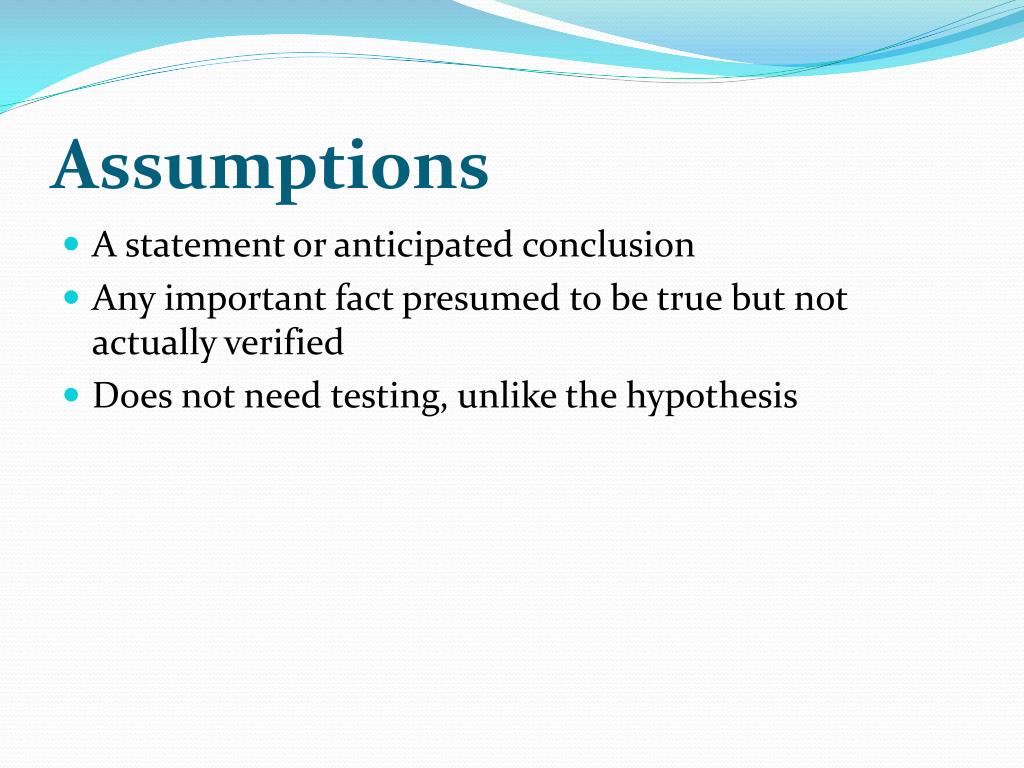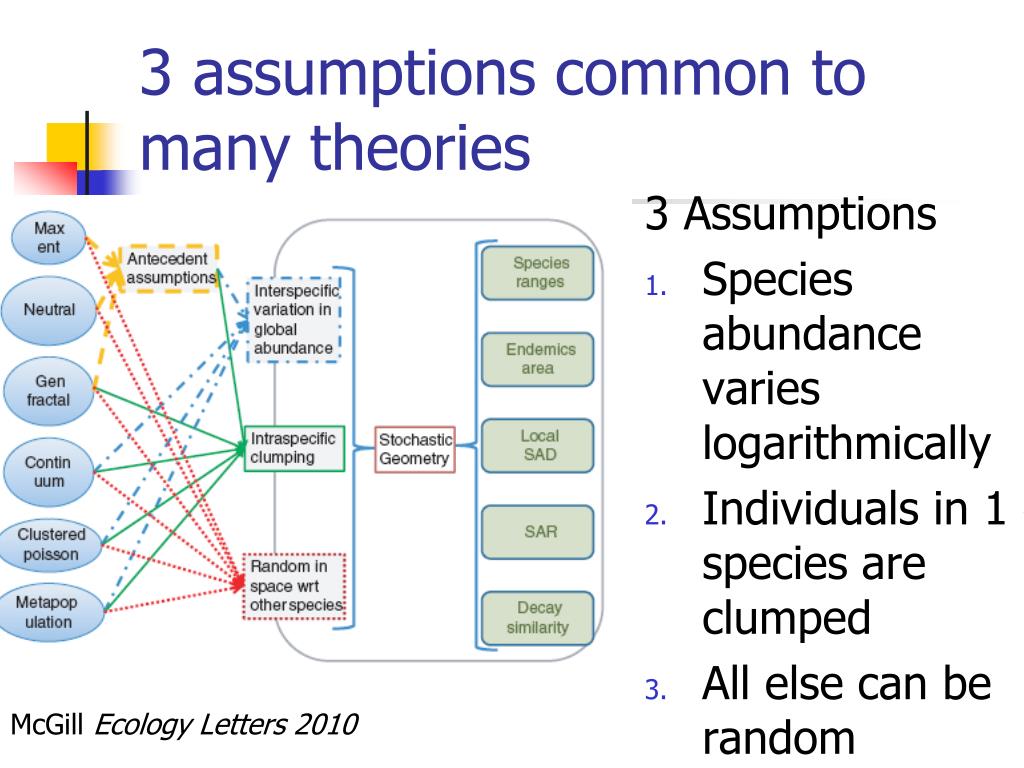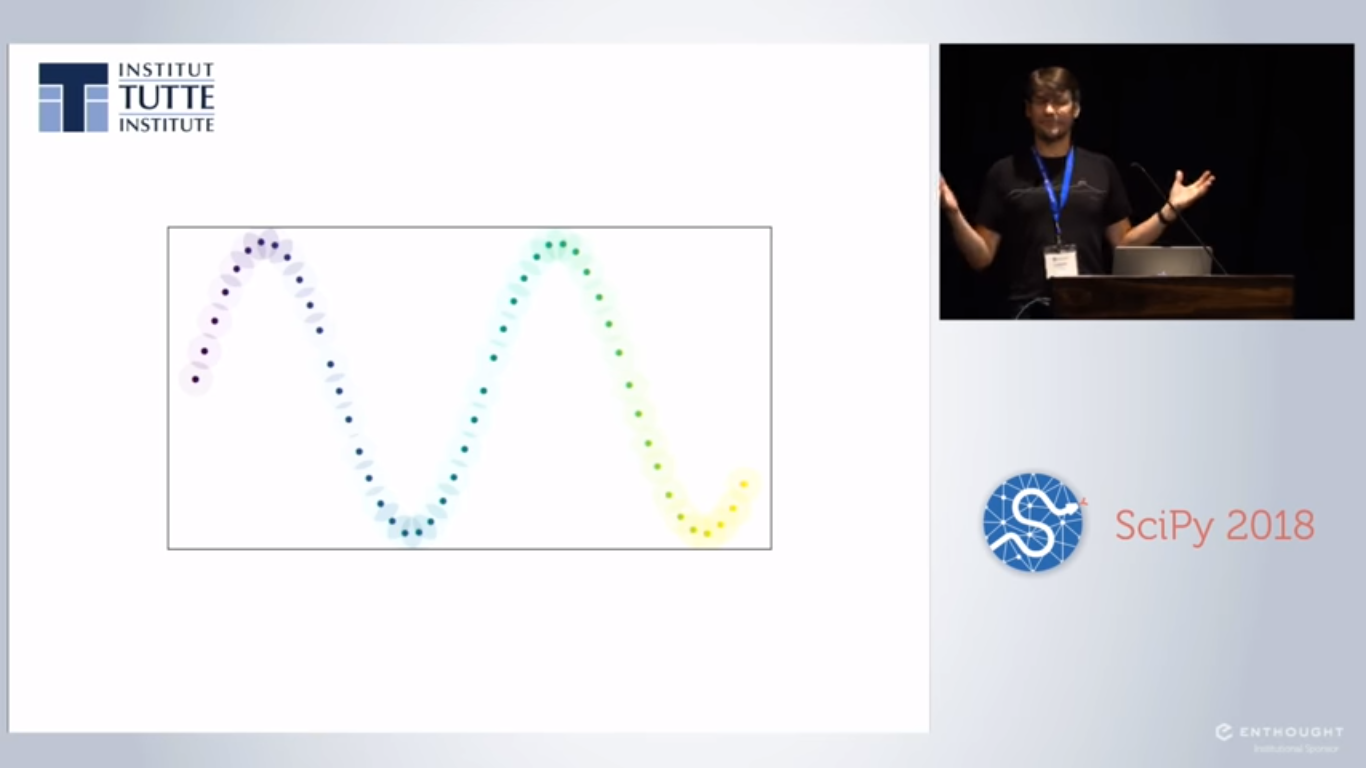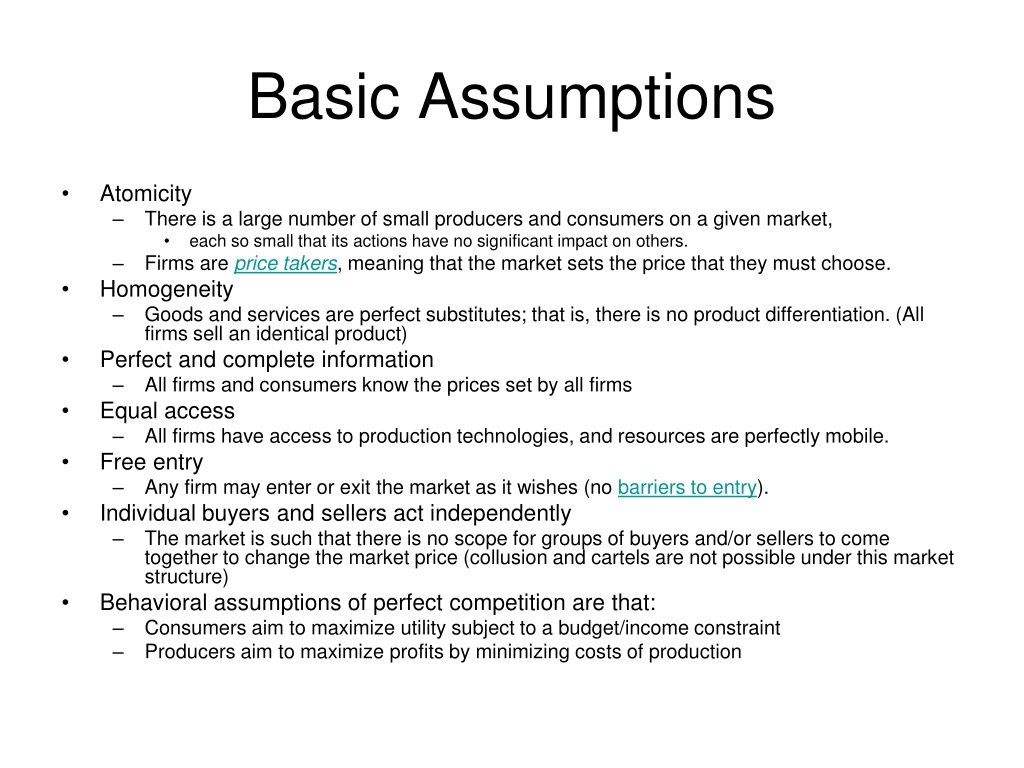Umap Assumptions. The UMAP algorithm is competitive with t-SNE for visualization quality, and arguably preserves more. Most importantly, UMAP is fast, scaling well in terms of both dataset size and dimensionality. So what does UMAP bring to the table? It provides a very general framework for approaching manifold learning and dimension reduction, but can also provide specific concrete realizations. The algorithm is founded on three assumptions about the data The data is uniformly distributed on Riemannian manifold; The Riemannian metric is locally constant (or can be approximated as such); The manifold is locally connected. The Riemannian metric is locally constant (or can be approximated as such); The manifold. UMAP is constructed from a theoretical framework based in Riemannian geometry and algebraic topology. UMAP (Uniform Manifold Approximation and Projection) is a novel manifold learning technique for dimension reduction.
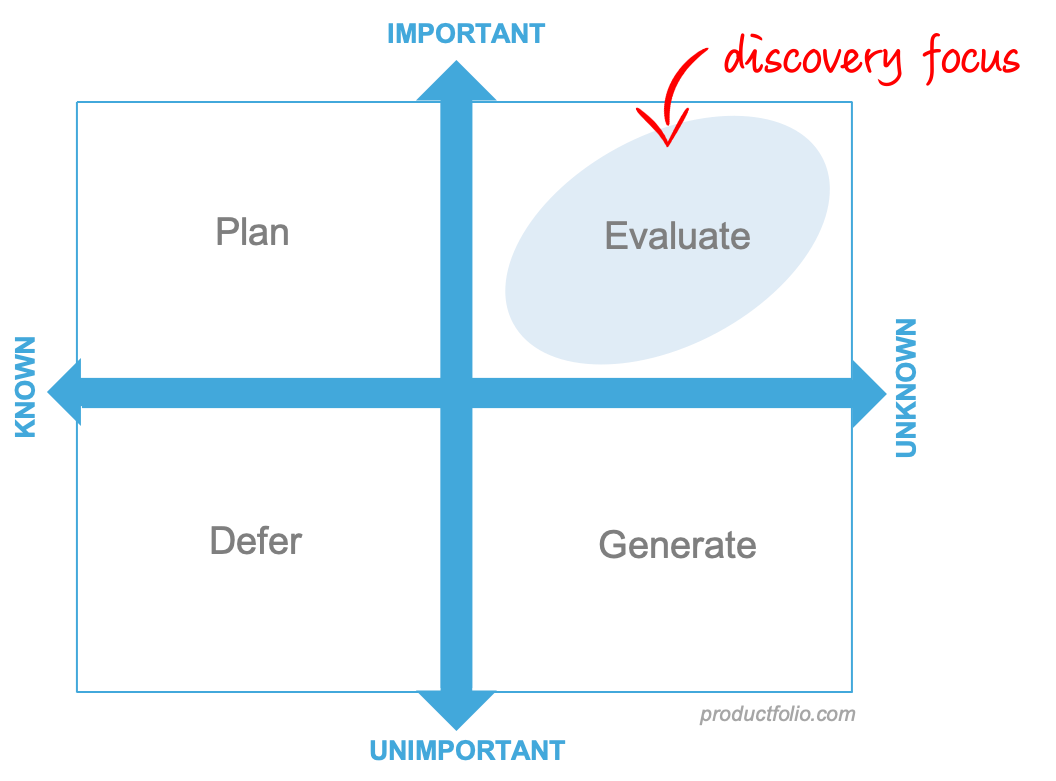
Umap Assumptions. Can someone give an accessible explanation of these assumptions? University Mobility in Asia and the Pacific. The result is a practical scalable algorithm that applies to real world data. UMAP(UniformManifoldApproximationandProjection)buildsupon mathematical foundations related to the work of Belkin and Niyogi on Laplacian eigenmaps. The algorithm is founded on three assumptions about the data. Umap Assumptions.
UMAP, like t-SNE, can also create false tears in clusters, resulting in a finer clustering than is necessarily present in the data.
Therefore, it is not well understood what exactly about UMAP is responsible for its great visualizations.
Umap Assumptions. It provides a very general framework for approaching manifold learning and dimension reduction, but can also provide specific concrete realizations. Can someone give an accessible explanation of these assumptions? From these assumptions it is possible to represent the manifold with a fuzzy topological structure of high dimensional data points. Uniform manifold approximation and projection (UMAP) has been rapidly adopted by the population genetics community to study population structure. Current analysis approaches struggle to jointly identify these patterns because of modelling assumptions, mathematical constraints, or numerical challenges.
Umap Assumptions.
